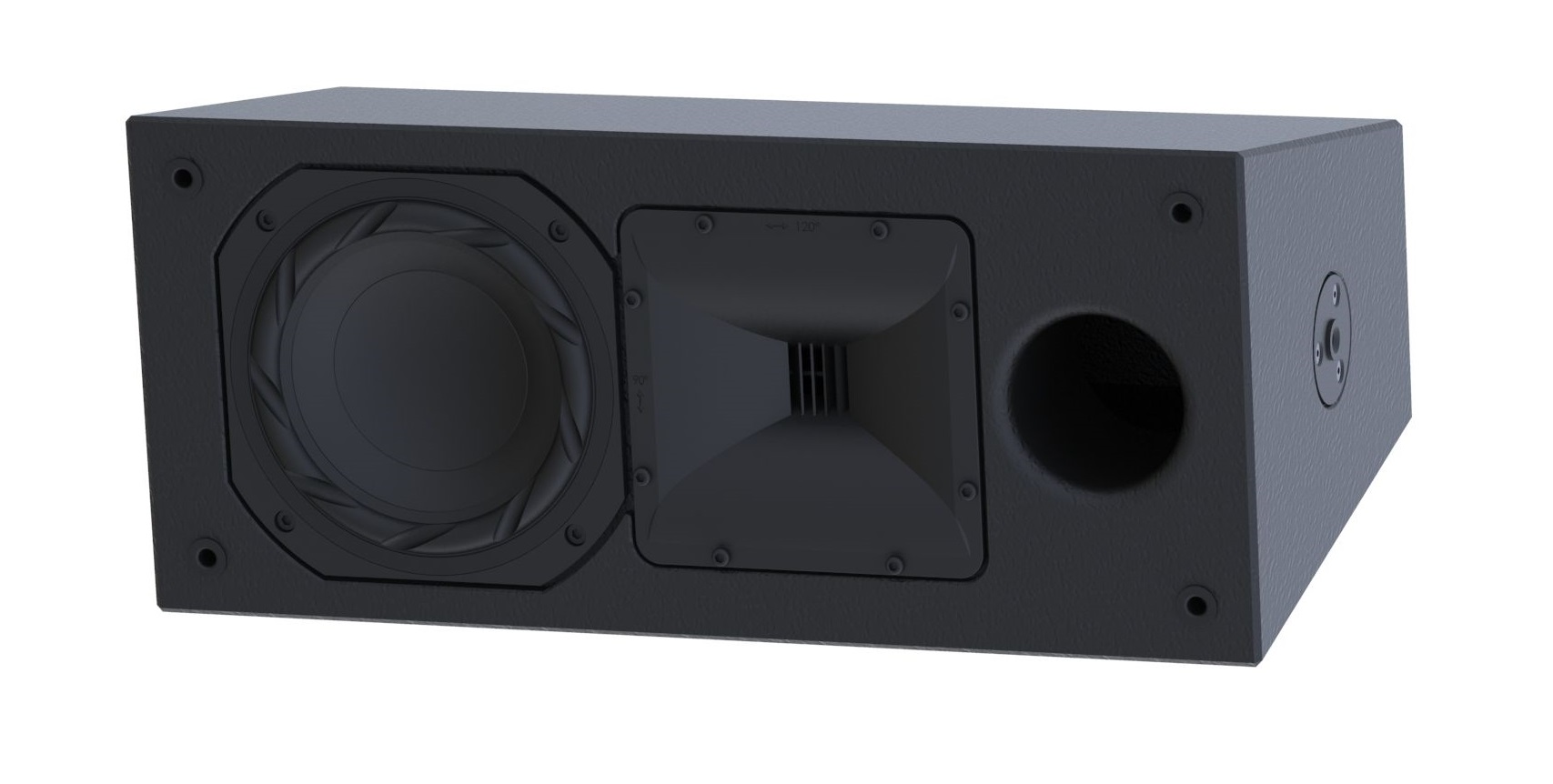

Crm 110 Software Records Customer
CRM software records customer contact information such as email, telephone, website social media profile, and more. See e-learning, evaluation of Driver,Nancy, 170 Duke Energy Corporation case. 7879 CRM (customer relationship management), 110 CUBIC (Corporate. Of China Hungary India Indonesia Ireland Israel Italy Jamaica Japan Kuwait Latvia Lithuania Luxembourg Macao S.A.R. Of China Hungary India Indonesia Ireland Israel Italy Jamaica Japan Kuwait Latvia Lithuania Luxembourg Macao S.A.R.

The findings and conclusions of this study provide show that the moderating effect of firm size has significant effect compatibility, top management support, customer pressure, and IT infrastructure factors.Information and communication technology (ICT) provides small and medium enterprises (SMEs) with strategic advantages in achieving goals and improved competitive edge. The Diffusion of Innovation Theory (DOI) and Technology, Organization, and Environment Framework (TOE) framework were employed to identify the determinant factors from the technological, organizational, and environmental perspectives. The Partial Least Square-Structural Equation Model (PLS-SEM) approach was used to assess both the measurement and structural models. A total of 331 respondents completed and returned the survey. A questionnaire was designed to collect data from 420 SMEs in Palestine.
Both scholars and practitioners have given CRM attention since the past two decades due to the wide range of benefits it offers and many untold advantages it has. A system, or sometimes referred to as technology such as customer relationship management (CRM) systems, would be able to help in the materialization of such a determination. Some studies and reports have shown that IT is a means that could enhance the business process. Information technology refers to any computing technology, such as networks, hardware, software, communication devices, communication infrastructure , systems and solutions, and the internet IT can lower production and labor costs, add value to products and services, and increase a company’s competitive advantage.
As the fourth most used tool in business, which holds the key to understanding to create a sustainable customer relationship, CRM is the center of obtaining and maximizing the number of loyal customers. In this regard, CRM is essential for managing the relationship of the organization with customers that relate to the overall process of marketing. To some scholars, CRM is an organizational approach for understanding the behaviors of the customers in order to attract and retain them. The technology could be seen as an approach to marketing that has its origins in relationship marketing.There are various definitions accorded to CRM. It is the concept of using process, information, technology, and people to manage the organization’s interaction with customers. Customer relationship management (CRM) refers to the practices, strategies, and technologies used by firms and businesses for the management and analysis of customer interactions and data through the customer lifecycle.
As technology, the CRM system consists of three major parts. A company with sufficient and appropriate knowledge is more successful and equipped compared to the one with insufficient information to strategize their business. This would, in turn, help the company to obtain and retain valuable information vis-à-vis increased knowledge. The technical definition of CRM by indicates that CRM technology is a method that significantly uses information technology (IT), particularly the databases and the Internet, in controlling and integrating the entire company’s marketing effort and automating the specific customer-organization relationships. This is revealed from the technical definition where CRM emphasis is on the information system. In relation to this, CRM is considered as technology when it serves as a tool.
By applying efficient and effective CRM technology, CRM employees in SMEs could retain existing customers, attract new customers, foster customer satisfaction, and increase profitability. Customer Relationship Management (CRM)Customer Relationship Management (CRM) is explained as a concept of use process, information, technology, and people to manage the organizations’ interactions with its customers. The strategic definition usually inclusive of the supply chain, sales, outstanding orders, service and repair, unresolved issues, customer-organization interactions, customer service inclusive of stakeholders, and labor requirements.2. On the other hand, when the term is defined broadly (i.e., strategic definition), CRM is referred to as a way of managing and facilitating business processes and activities of the company.
Adoption is a stage that an individual goes through to decide to accept/reject a new idea/innovation. The increasing requirement for technology over the past thirty years and the increasing failures of system adoption has shifted focus to predict the use of a system. These are: i) technologies employed for external customers operations which bring about a two-way communication between the customers and the firm, ii) technologies employed for internal operations like marketing, sales, and customer service, which direct activities to automation and facilitating activities and, iii) technologies that drive other technologies and allow firms to analysis and dissemination of data across organizational departments. Integration technology enables the development of customer-organization relationships through broader information of customer behavior.As technology, the CRM system consists of three major parts.
CRM is characterized as costly and complex innovation, and as such, it needs integrated information systems, costly infrastructure facilitation, and advanced technological skills and knowledge for its implementation and usage (Laketa et al. The adoption of a CRM system is used to provide employees with the processing of customers’ information. Technology rejection arises because of the lack of knowledge of new technology among adopters, lack of prediction of the consequences that the innovation will bring, or the status-conferring aspect of the technology. Revealed that user acceptance/rejection of technology is one of the main challenges that are faced by organizations in IS adoption.
In relation to this, Rosman and Stuhura (2013) noted that CRM technology relates to different organizational departments together, allowing the firms to interact efficiently with their customers. CRM solutions investments in the form of software, hardware, and services provide support to office functions in terms of marketing, selling, and services. CRM systems differ from one to the next as CRM vendors follow varying technological standards for their development. “This software consists of many multi-functional solutions that can sort out the information management of clients as well as the automation interaction processes of clients” (Faed et al.
Thus, the CRM system creation should be customer-centric from the beginning of system design.Despite CRM has gained significant attention, it still suffers from conceptual and methodological flaws, as asserted by. The initiative enables firms to keep track of issues that the customers face, oversee service response, and appropriate customer inquiries to an expert to answer. Hence, there are three CRM Solution Providers: SAP, Oracle Corporation, and Microsoft Corporation.Although the benefit of CRM adoption is acknowledged in helping companies or enterprises to success but the effect of CRM technology adoption is more on the sales forces managing customer relationships, rather than selling products.



 0 kommentar(er)
0 kommentar(er)
